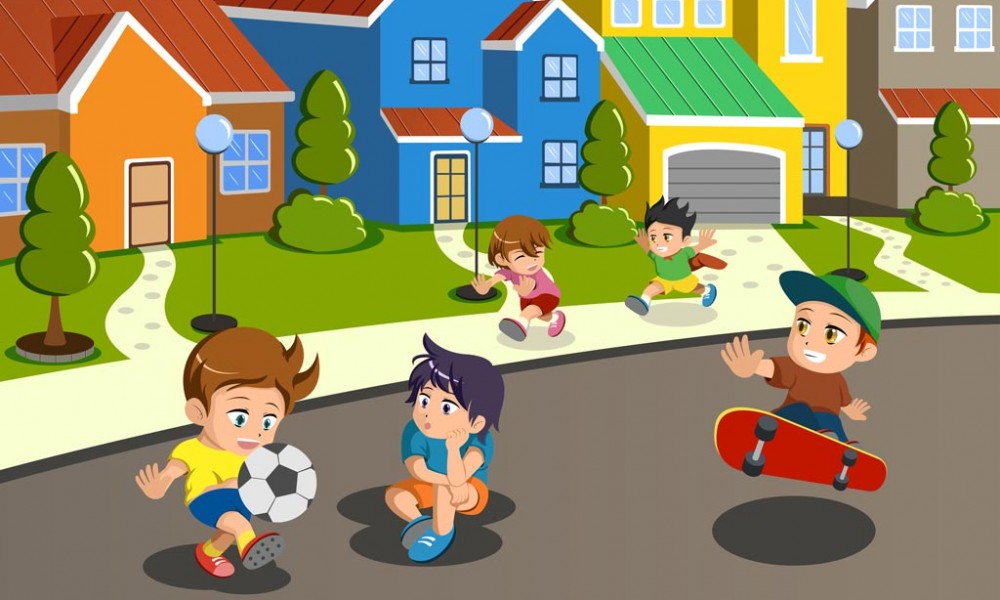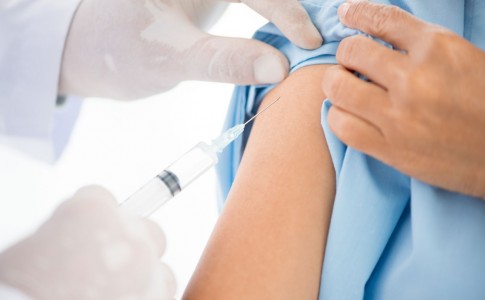A new study adds to the evidence that outdoor activity may reduce the risk for myopia (nearsightedness) in children.
“The American Optometric Association (AOA) has long been concerned about the increased incidence of myopia and the impact of the increased visual stress caused by digital eye strain,” says AOA President-elect, Andrea P. Thau, O.D.
She adds, “The AOA strongly encourages children to participate in outdoor activities and to follow the 20-20-20 rule: for every 20 minutes of reading, computer, or close work take a 20 second rest break by looking at things at least 20 feet away.”
Dr. Thau, who has a primary care practice with special emphasis on children’s vision and vision therapy in Manhattan, advises children should be encouraged to engage in eye-hand coordination activities and to play sports and other outdoor activities.
The study published in the Sept. 15, 2015 issue of the Journal of the American Medical Association (JAMA) found among 6-year-old children in Guangzhou, China, the addition of 40 minutes of outdoor activity at school compared with usual activity resulted in a reduced incidence rate of myopia over the next three years.
According to study authors, myopia has reached epidemic levels in parts of East and Southeast Asia. The incidence is growing in other parts of the world as well. There is no effective intervention to prevent the development of myopia; however, some studies, as this one does, show a correlation in greater outdoor time and reduced likelihood of nearsightedness among children.
Studies on this topic have increased in the last decade. The AOA follows all research and new technology closely, including resurfacing topics like digital eye strain and its influence on eye health. According to the AOA, more long-term studies like the one just published are needed.
In addition to being outside, people of all ages can do things to reduce their risk of developing myopia. Dr. Thau says, “People should hold their books and near devices at the Harmon working distance, which is the distance from your elbow to your fist. It can also be measured by putting your elbows at your side and bending your elbows so that your forearm is parallel to the floor.”
If myopia does develop, there are many options for reducing visual stress and fostering improved focusing and eye coordination including near vision glasses, bifocals, progressive lenses, and vision therapy, Dr. Thau stresses. Techniques such as Ortho-keratology and using drops to paralyze the focusing muscles of the eyes have been found to be helpful in slowing the progression of myopia.
“Having an annual comprehensive eye exam by an optometrist is the best way for all adults and school-aged children to know what will be best for each of them,” Dr. Thau advises.
SOURCE: American Optometric Association





No comments